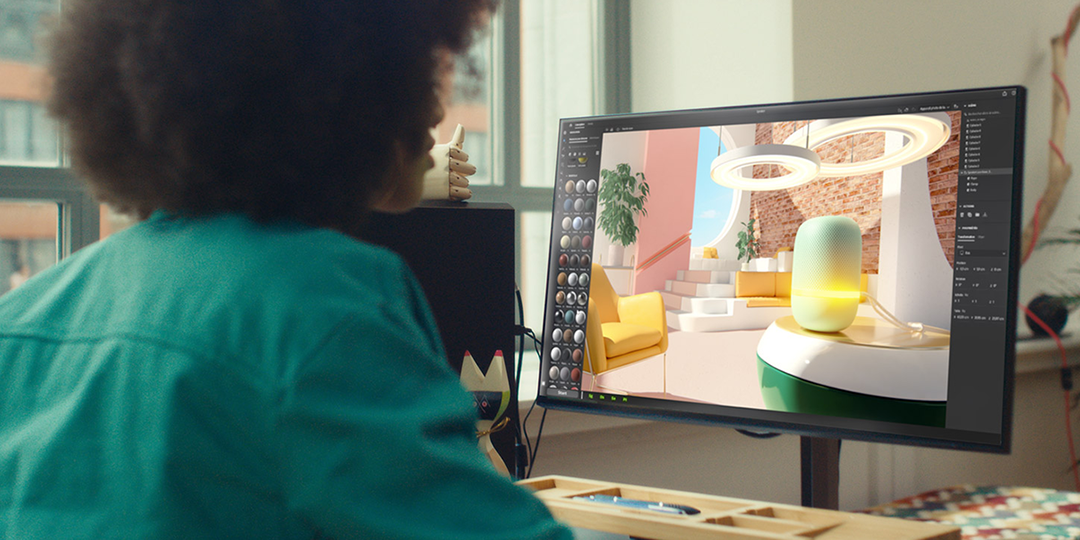
3D visualization refers to the process where graphical content is created using 3D software such as Cinema 4D, Maya, 3ds Max, and Autodesk.However, there are countless other great software solutions for this kind of work. It’s all about the personal preference of the artist. Similar terms include 3D rendering, excellent computer-generated imagery (CGI), 3D graphics and so on.
This method of work has evolved into a whole new design industry in the past couple of decades. This is because 3D visualization offers numerous benefits over traditional methods. It’s one of the best options for creating realistic and immersive digital content.
3D visualisation technology is definitely in the fast track of growth and is in a continuous state of flux. New innovations are being implemented and the technology is increasingly finding usage in different industrial sectors.
Misconceptions about 3D visualization
3D visualization refers to the process used for creating graphical content. This means that the result of this process is visual content such as animations, videos, or images. It shouldn’t be confused with 3D development or 3D design.
These terms are generally used for content production, like CAD design (computer-aided design). This process results in the creation of files that are later used commonly in manufacturing. Simply put, the results are CAD files.
However, there are instances when 3D artists use computer-aided design for visualization, but the results are not CAD files. Instead, the customer gets dynamic graphics that combine an artistic touch with technical knowledge.
Who Needs 3D visualization?
Modern designers or 3D artists are armed with capable 3D modeling technology that can help present products, projects, or ideas digitally before the production starts. For example, in architecture, there was always a need for representing the whole project truthfully before the construction begins.
This visual representation can demonstrate how a building or interior will look, how people can use it, showcase its viability, and so on. In the past, construction projects were represented with mini models that didn’t offer much detail.
Over recent years 3d visualization has gained great popularity and evolved into one of the most essential methods to producing high-quality digital content. With 3D visualization, there are no limits. It’s possible to create a prototype of a whole building or a smaller product. This means that 3D visualization has a wide range of applications in various industries, such as: Films, games, engineering, architecture, hospitals and manufacture are taking advantages of such a technology.
